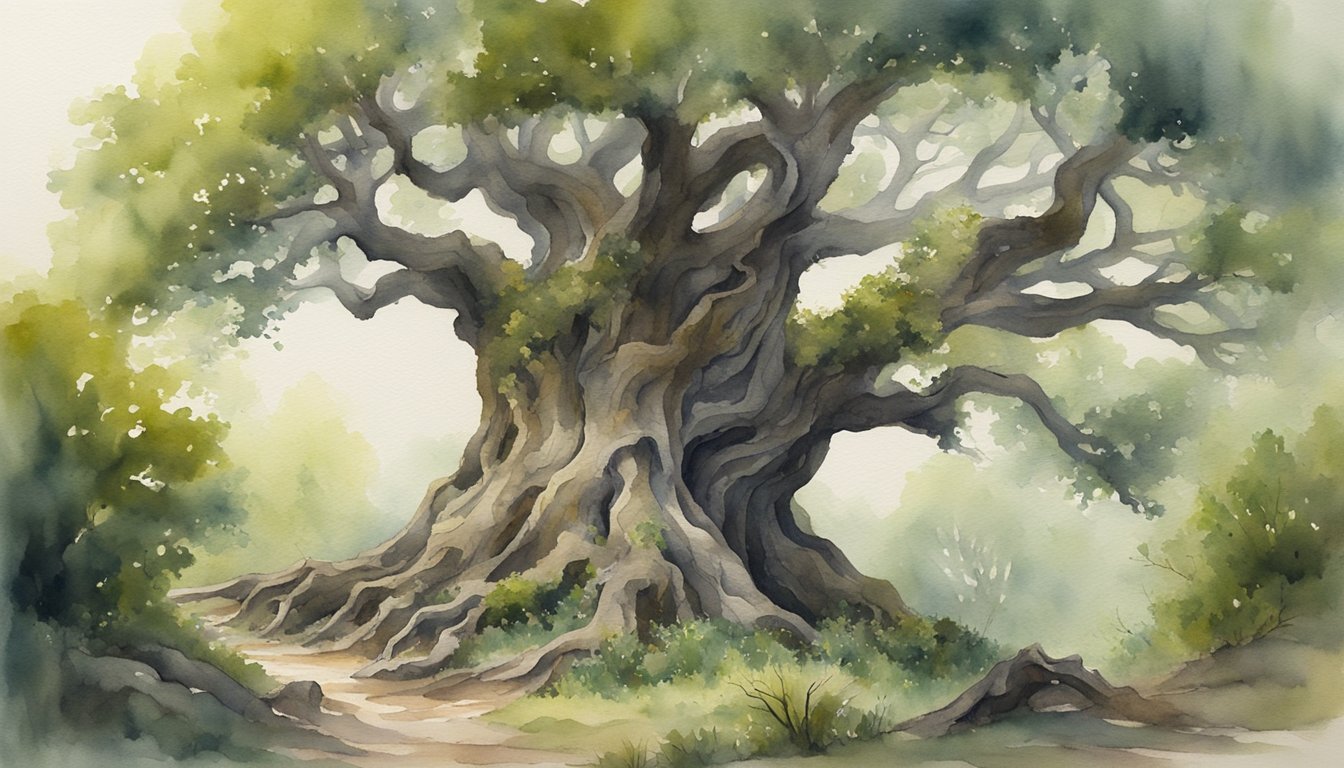Discovering Earth’s Ancients
Bristlecones: The Methuselahs Among Us
One of the oldest known trees in the world is the Methuselah, a Great Basin Bristlecone Pine (Pinus longaeva) found in California. This ancient tree is estimated to be over 4,900 years old. Bristlecone pines have the unique ability to withstand harsh conditions and are known for their gnarled and twisted appearance. Their resilience and longevity have made them popular subjects of scientific study.
The Alerce of Patagonia
Another ancient tree species is the Patagonian Cypress (Fitzroya cupressoides), also known as Alerce, found in the forests of Patagonia. These trees have been reported to live up to 3,600 years, making them some of the oldest living organisms on Earth. Alerce Milenario, located in Alerce Costero National Park, is an impressive example of an ancient Alerce tree.
The Giants: Sequoias and Their Kin
The Giant Sequoia (Sequoiadendron giganteum) may not be as ancient as the Bristlecone pine or Alerce, but it is renowned for its immense size, making it one of the largest living organisms on the planet. The General Sherman tree, located in Sequoia National Park, is the largest tree by volume and is estimated to be about 2,200 years old.
Not to be confused with the Giant Sequoia, Pando is a sprawling Quaking Aspen (Populus tremuloides) grove in Utah that, while not technically an individual tree, is considered one of the largest and oldest living organisms. This vast interconnected root system is estimated to be 80,000 years old.
Global Ancestors: From Sweden to Chile
Old trees can be found all around the world. For example, Old Tjikko, a Norway spruce (Picea abies) located in Sweden, has been carbon-dated to be approximately 9,550 years old, making it one of the oldest living clonal trees. Interestingly, the main trunk of Old Tjikko is only a few hundred years old, but the root system has been preserved and continuously growing for thousands of years.
These ancient trees provide us with valuable information on the history of the Earth and the resilience of life in various environments. They serve as reminders of the incredible diversity that exists within the plant kingdom and the important role that trees play in our planet’s ecosystems.
The Science of Aging Trees

Dendrochronology: Unlocking the Rings of Time
Dendrochronology is the science of studying tree rings to determine the age of trees and reveal information about past climatic conditions. Each year, trees grow a new layer of wood which can be seen as a distinct ring. These growth rings can be precisely dated by counting the number of rings from the tree’s center to the outermost ring. One interesting place where tree ring studies are conducted is the Laboratory of Tree-Ring Research at the University of Arizona.
Cores and Climate: Piecing Together the Past
Scientists gather information about tree rings by extracting core samples from trees using a tool known as an increment borer. This core sample contains a record of the tree’s growth history and the changing climate it experienced over time. Researchers like Jonathan Barichivich analyze these core samples to unlock climate data and help understand how the Earth’s climate has changed over the years. In addition to counting rings, sometimes radiocarbon dating is used for more accurate dating of ancient trees.
Conservation Efforts and Remaining Mysteries
While the oldest known tree is a bristlecone pine that is over 4,900 years old, some species have been around for more than 200 million years, like the ginkgo biloba, which has a rich cultural and historical significance. Studying the world’s ancient trees can provide insights into adaptation, resilience, and conservation efforts to ensure their survival in the face of challenges posed by climate change. The intertwining mysteries of tree life spans, growth rates, and the factors affecting their longevity make them a source of fascination and an area of important research for scientists.

